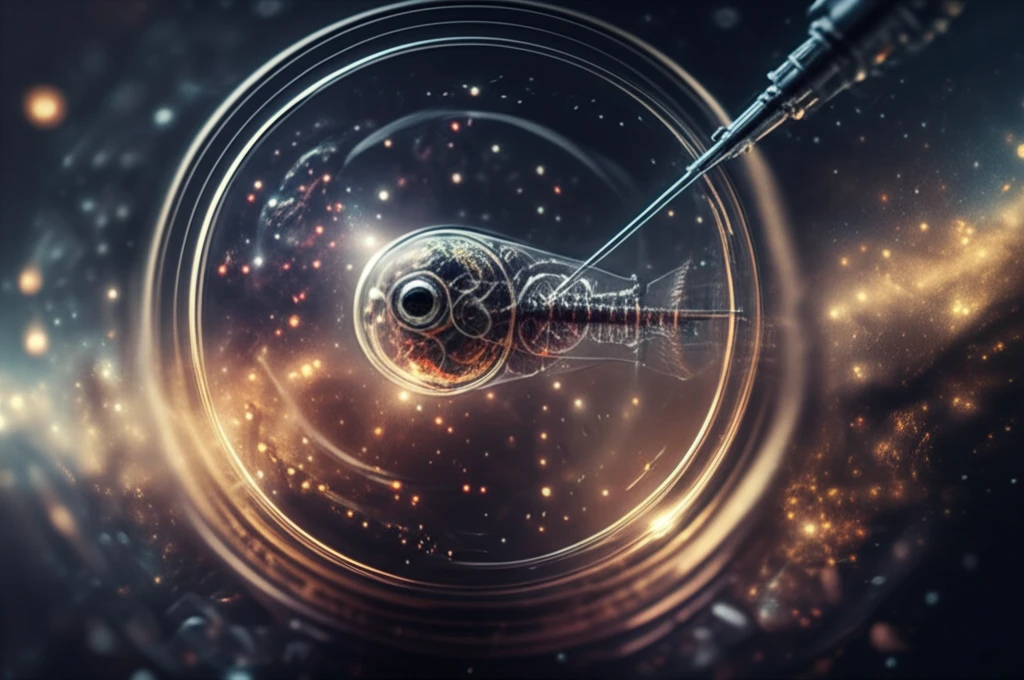
Unlocking Evolution's Secrets: How Gene Editing is Rewriting the Rules of Natural Selection
"Delve into the groundbreaking techniques of microinjection and genome editing in threespine sticklebacks, revealing how scientists are manipulating genes to understand the basis of biodiversity and adaptation."
The world of evolutionary biology is constantly evolving, driven by new technologies and innovative approaches. At the forefront of this revolution is the threespine stickleback fish, a seemingly ordinary creature that has become an extraordinary model for understanding the genetic underpinnings of biodiversity. These fish have adapted to a myriad of environments, displaying a remarkable range of physical and behavioral traits. This adaptability, combined with cutting-edge genetic tools, makes them invaluable for scientists seeking to unravel the mysteries of evolution.
In a fascinating study published in the Journal of Visualized Experiments, researchers detailed a powerful technique for manipulating the genes of threespine sticklebacks: microinjection. This method allows scientists to introduce foreign DNA or gene-editing tools into the fish embryos, enabling them to study the function of specific genes and regulatory elements. By precisely altering the genetic code, researchers can observe how these changes impact the fish's development and behavior, providing unprecedented insights into the mechanisms of evolution.
This article explores the intricacies of microinjection and genome editing in threespine sticklebacks, highlighting its potential to revolutionize our understanding of evolutionary processes. This work not only showcases the power of genetic manipulation but also highlights how simple organisms can provide profound insights into the complexity of life.
Microinjection: A Gateway to Genetic Manipulation

Microinjection is a technique used to introduce substances into a cell using a fine needle. In the context of threespine sticklebacks, this involves injecting DNA or gene-editing reagents into fertilized, one-cell embryos. This process is made challenging by the stickleback's tough outer membrane (chorion) and the small size of the blastomere, the cell that will eventually develop into the fish. The protocol involves carefully preparing the injection needles, fertilizing the eggs, and precisely delivering the genetic material into the embryo.
- Proper needle preparation is key to puncturing the tough chorion.
- Timing the injection at the one-cell stage is crucial for genetic integration.
- Controlled injection volume prevents toxicity and ensures normal development.
- Maintaining optimal environmental conditions supports embryo viability.
The Future of Evolutionary Research
The work on threespine sticklebacks is just the beginning. As genome editing technologies continue to advance, scientists will gain even greater control over the genetic makeup of organisms, paving the way for groundbreaking discoveries in evolutionary biology, medicine, and beyond. These methods offer a powerful approach to dissecting the genetic basis of complex traits and understanding how evolution shapes the diversity of life on Earth.
